It’s four years since the last Tokyo Motor Show took place, and even then, it was fading into obscurity. Organizers hope to give it a boost of adrenaline in an updated form – and with a new name. While foreign brands are largely absent, again, there’ll be lots happening at the new Japan Mobility Show as the nation’s automakers charge in with an assortment of all-electric concepts and production models.
For the first time since 2019, Japan will host a major auto show. But the Tokyo Motor Show is a thing of the past. Get set for the debut of the Japan Mobility Show on Thursday, Oct. 26.
Once one of the auto world’s most important events, the biennial Tokyo Motor Show began a long, slow fade to black as the new millennium began, more and more manufacturers pulling out or setting up only token displays. Ultimately the event was brought down in by the COVID pandemic.
Now, organizers are trying to pump new life into the event, rebranding it the Japan Mobility Show and revising it to reflect the dramatic changes transforming the automotive industry. There’ll be more emphasis on mobile technology, and showgoers will see everything from virtual reality systems to flying cars. They’ll even get a glimpse of how we might move around off planet, Toyota showing off a hydrogen-powered Lunar Cruiser which may land on the moon before the end of this decade.
In its heyday, the Tokyo Motor Show was a must-attend for all the major automakers. Over the past few decades, however, foreign manufacturers have largely pulled out. Indeed, there are today surprisingly few European, North American or Chinese brands that even compete in the Japanese market.
Going into the show, organizers had big ambitions, Masami Tanaka, an official with the Japan Automobile Manufacturers Association declaring that, “We hope to make Japan Mobility Show as a global event, not just as a domestic one.” In the end, only three international auto companies decided attend the inaugural Japan Mobility Show — Europe’s BMW and Mercedes-Benz, as well as China’s BYD — though the event will feature appearances from a variety of global suppliers, such as Bosch, Hyundai Mobis and Valeo, noted Automotive News.
Domestic brands, on the other hand, will be out in force, with a mix of concepts and production models. Here’s a look at what they’ll be showing.
BMW
The German luxury brand is one of the rare foreign manufacturers to have any significant presence in the Japanese market. And it’s using the Japan Mobility Show to debut a new model it expects to do well on the country’s narrow, crowded roads: the 2024 BMW X2.
Known internally as the U10, the 2024 model marks the first complete makeover of the compact Sports Activity Coupe. And it will be offered with a variety of different powertrains, depending upon the market — with Japan, the UK and Australia, among others, getting a right-hand-drive layout. As you’d expect from BMW, the new coupe-crossover will add a variety of new luxury features and plenty of new and upgraded tech. That includes a new curved display with iDrive 9, the latest take on the automaker’s infotainment system.
While it retains the basic lines of the original, with its steeply raked roofline, the second-generation X2 grows bigger in all key dimensions. It gains nearly an extra inch of wheelbase, at 106.0 inches, while overall length stretches more than 7 inches, to 179.8. The 2024 model gains 0.8 inches in width, at 72.6 inches, while BMW adds a full 2.5 inches of height, at 62.6 inches. The good news is that translates into significantly more passenger and cargo space — luggage capacity jumping to as much as 51.7 cubic feet with the second row folded over.
BYD
BYD — short for “Build Your Dreams” — becomes the first Chinese automaker to display its wares at the Japan Mobility Show. It underscores the aggressive plans BYD has for global growth. (It’s already gaining traction in Europe, though it continues to delay a long-awaited U.S. launch.)
The company has already established a small base in Japan with its all-electric Atto 3 crossover. Not surprisingly, it will focus on EVs during this week’s event. Precise plans haven’t been announced but reports from Japan suggest it will introduce both the Dolphine hatchback and Seal sedan.
Honda
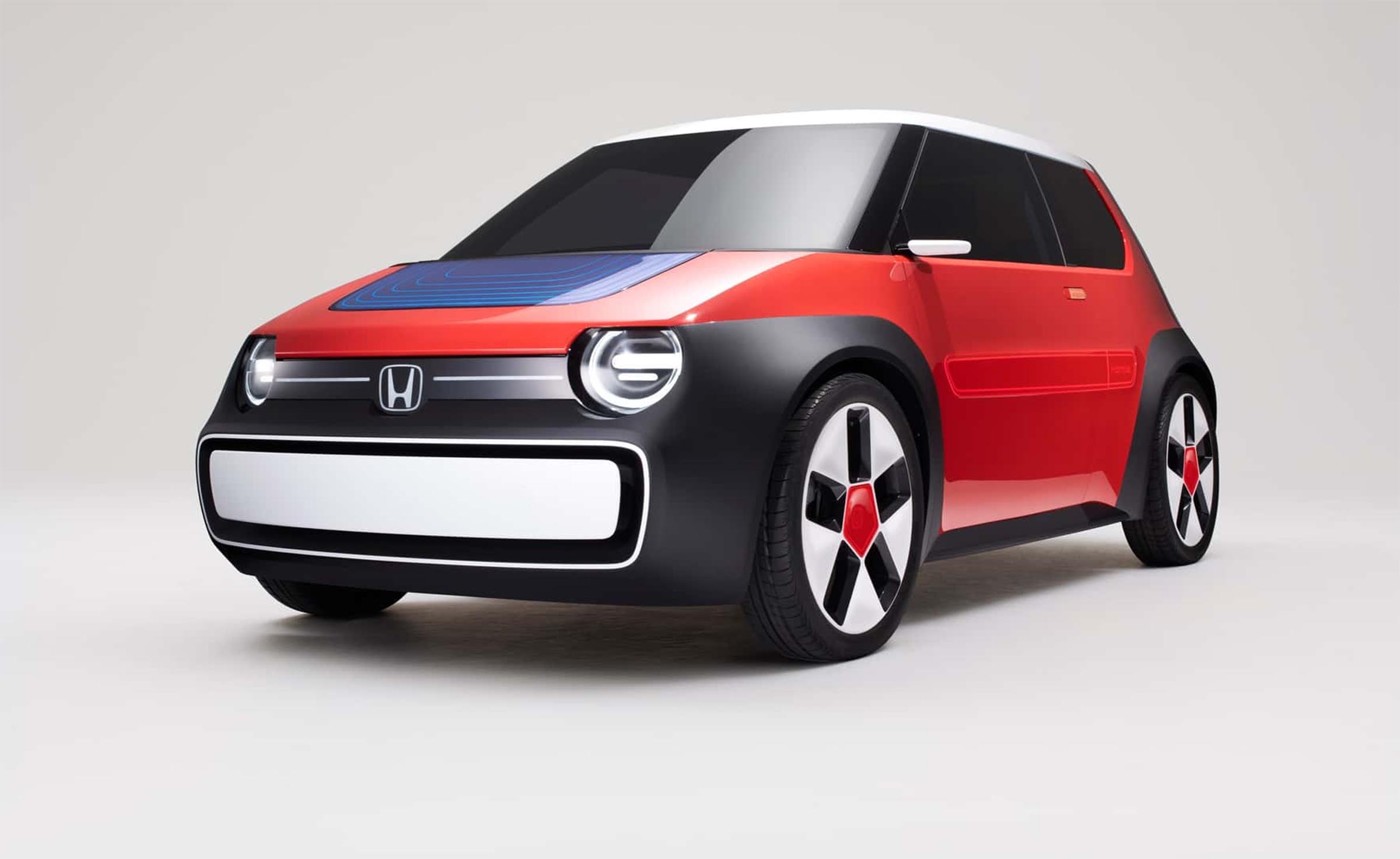
The all-electric Honda Sustainia will be one of several models the automaker brings to the Japan Mobility Show.
Though it was an early pioneer of electrification, its original Insight model the first hybrid to reach U.S. shores, Honda has been slow to embrace EVs. That’s set to change with the help of U.S. ally General Motors which will provide the underpinnings of two models, the Honda Prologue and Acura ZDX.
Under CEO Toshihiro Mibe, Honda is accelerating its in-house EV program, however, and what’s bringing to the Japan Mobility Show should offer clues as to what it has coming. There will be three world debuts, including the Specialty Sports Concept which, Headlight.News previously reported, offers a glimpse of what could become the next-generation, all-electric Acura NSX.
At the other extreme will be a two-seat, Kei-car EV dubbed the Ci-MEV, that short “cooperative intelligence.” Another all-electric model, the Sustania-C, also seems targeted specifically for the Japanese market and, among other things, uses recycled materials, such as acrylic resins.
Lexus
Like its parent, Toyota, the Japanese luxury brand has been big on hybrids, slow on EVs, only launching its first long-range model, the RZ, this past year. But under Toyota’s own new CEO, Koji Sato, Lexus is quickly powering up.
“The Lexus booth theme will be ‘Pushing the Boundaries of the Electrified Experience’ and will debut its next-generation battery electric vehicle (BEV) concept model lineup, with the aim of transforming into a BEV brand by 2035,” the automaker said in an advance news release.
It didn’t offer much about the concept vehicle that will debut stage center, however. Broad and low, it’s expected to be some sort of battery-powered supercar, some observers betting it may be an all-electric successor to the Lexus LFA. Or it may be a variation of the wedge-shaped EV Lexus showed off last May.
The company is expected to reveal a new, skateboard-like platform that will underpin future EVs. And Lexus also will show off a variety of technologies, including virtual reality, that could show up in its future models.
Infiniti
For more than a decade, Japanese luxury brand Infiniti has promised to get into the EV game. Now, it’s finally ready to plug in, or so it would seem with its latest prototype, the Infiniti Vision QE Concept set to make its debut at the Japan Mobility Show. It is “a sleek concept that previews its first all-electric model,” the automaker said in a statement accompanying this new image.
While it’s hard to learn much from the teaser its lines seem to suggest the production EV will be a sedan, a segment of the market Infiniti remains committed to.
We can also expect the concept to highlight the latest Infiniti technologies and hint at what’s to come. It shares with parent Nissan the ProPilot Plus semi-autonomous system. There’d be little surprise if the Vision QE teases even more advanced hands-free technology, something the Japanese automaker has long promised.
Mazda
While its key rivals are putting a premium on battery power, Mazda wants to show how there can be new life in an old model.
“The Mazda Stand will focus on the MX-5, the well-loved Mazda icon,” the automaker announced earlier this month. “A variety of MX-5 models will be on show including the first-generation MX-5, an enduring symbol of Mazda’s original commitment to the joy of driving.”
So, what’s new? This teaser image doesn’t give away much but the automaker is promising, “a new concept car designed to symbolize the exhibit theme.” There’s plenty of speculation that we could see Mazda reveal a prototype of an all-electric MX-5 Miata.
Mercedes-Benz
The German automaker will be one of the three foreign automakers displaying product in Tokyo this week. But it has so far kept a tight led on what’s planned.
Mitsubishi
Look for the smallest member of the Renault-Nissan-Misubishi Alliance to focus on the debut of an electrified MPV concept. Exactly what it will be called is uncertain, but some sources believe the electric off-roader shown here is based on the Mitsubishi Delica D:5 people-mover. We may also see variants of the Outlander PHEV and the Pajero SUV.
Mitsubishi also plans to reveal a little electric buggy, the Last 1 Mile Mobility.
Nissan
The Nissan Hyper Punk is easily the edgiest of four EV concepts the automaker will formally reveal at the Japan Mobility Show in Tokyo next week. The body looks like it emerged from an origami studio. But the Hyper Punk concept could easily find a fit in Japanese manga — or, as it turns out, the Fortnite online game.
The Nissan Hyper Tourer is almost tame, by comparison, though it still adopts an aggressively angular design language. It’s all-electric, as are all of the concepts Nissan is showing off at the Japan Mobility Show. But one of the Tourer’s more intriguing features is a biometric sensing system that can detect the mood of a driver and use AI to determine the best ambient lighting and music to play.
At the extremes, Nissan will show off a new Hyper Urban concept that is focused on being used in city driving. Features include four scissor-style doors and front seats that can fold over for rear passengers when the EV is operating in autonomous mode. The Hyper Adventure concept, meanwhile, uses electric propulsion to help it attack virtually any off-road trail you might want to explore.
Subaru
Another latecomer to the world of electrification, Subaru’s first battery model, the Solterra, may soon have some company.
The Sport Mobility concept teases a futuristic sports car and differs substantially from the designs we’ve been seeing with most new EVs. It adopts a more traditional sports car shape, with a long hood and square wheel arches. It also opts for lipstick-sized cameras, rather than conventional sideview mirrors.
Some are speculating that the Sport Mobility concept could reappear as an all-electric Subaru WRX.
Toyota
The Japanese giants former CEO Akio Toyoda was a clear EV skeptic, preferring to develop a range of hybrids, plug-ins and fuel-cell vehicles, as well as a moderate range of battery-powered models.
His successor, Koji Sato, isn’t walking away from those alternatives, but he’s clearly ramping up Toyota’s push into the EV market. And that should be clearly apparent at the Japan Mobility Show where it will unveil an assortment of all-electric concept vehicles, including one that could become a battery-powered successor to the Toyota Supra.
The Toyota FT-Se is the sexier of the new concepts. “A high-performance sports BEV model proposed as one of the options for sports cars in the carbon-neutral era,” said Toyota, the FT-Se “incorporate(es) the expertise gained in Toyota Gazoo Racing’s efforts to make ever-better cars through motorsports.”
If the -Se reminds us of the Supra, the Toyota FT-3e seems clearly influenced by today’s Toyota Venza crossover. It features a relatively clean and simple body design while looking a bit more futuristic than the current CUV. One of the most curious details is a digital display extending out of “the lower side of the body to the upper door section.” The display can reveal details such as the battery pack’s state-of-charge, as well as the temperature of the cabin.
Also on display will be the Toyota EPU, an all-electric pickup concept, and the Land Cruiser Se, or Sport Electric, a possible take on where the flagship SUV could go after switching to battery power.




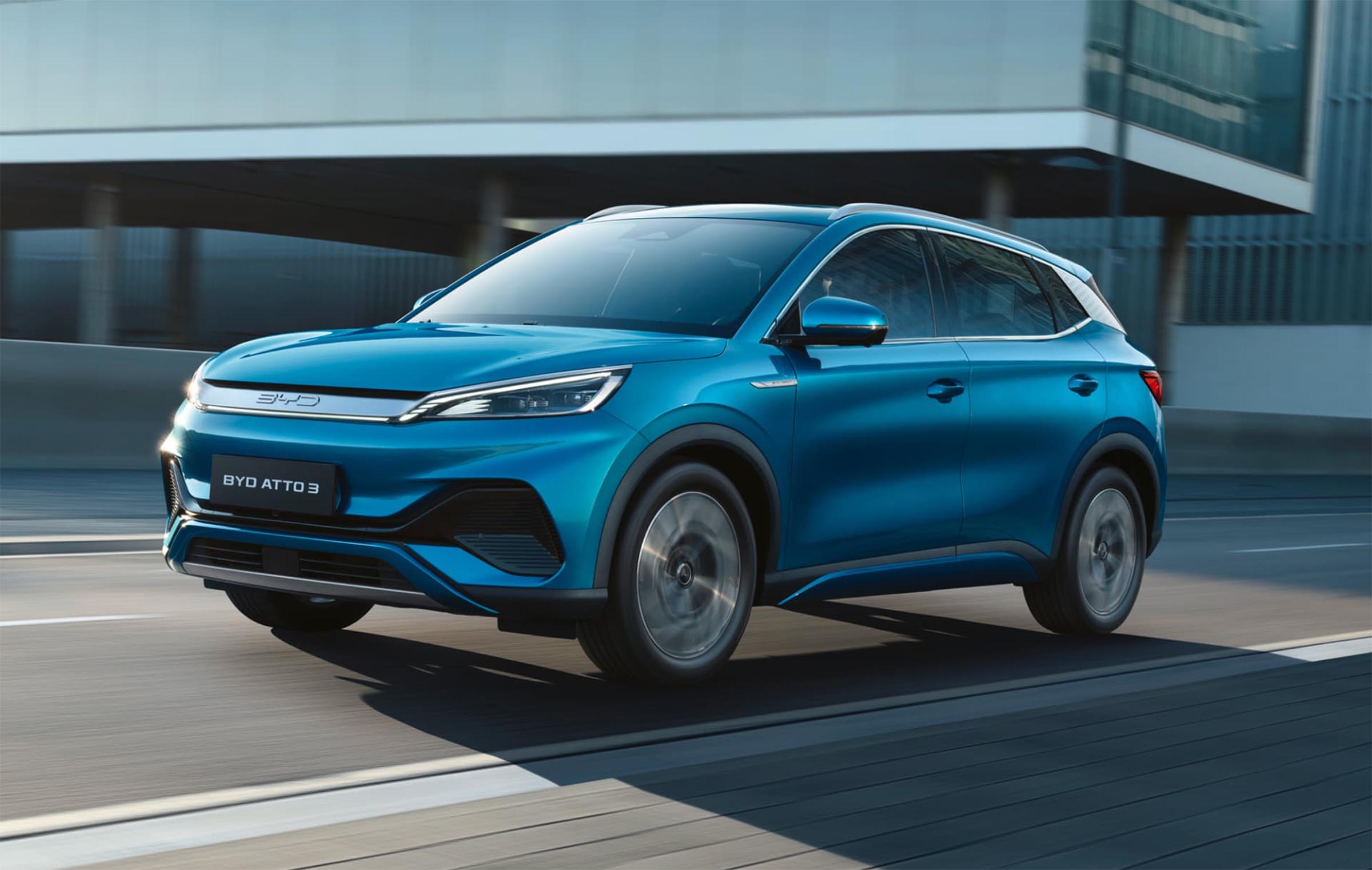
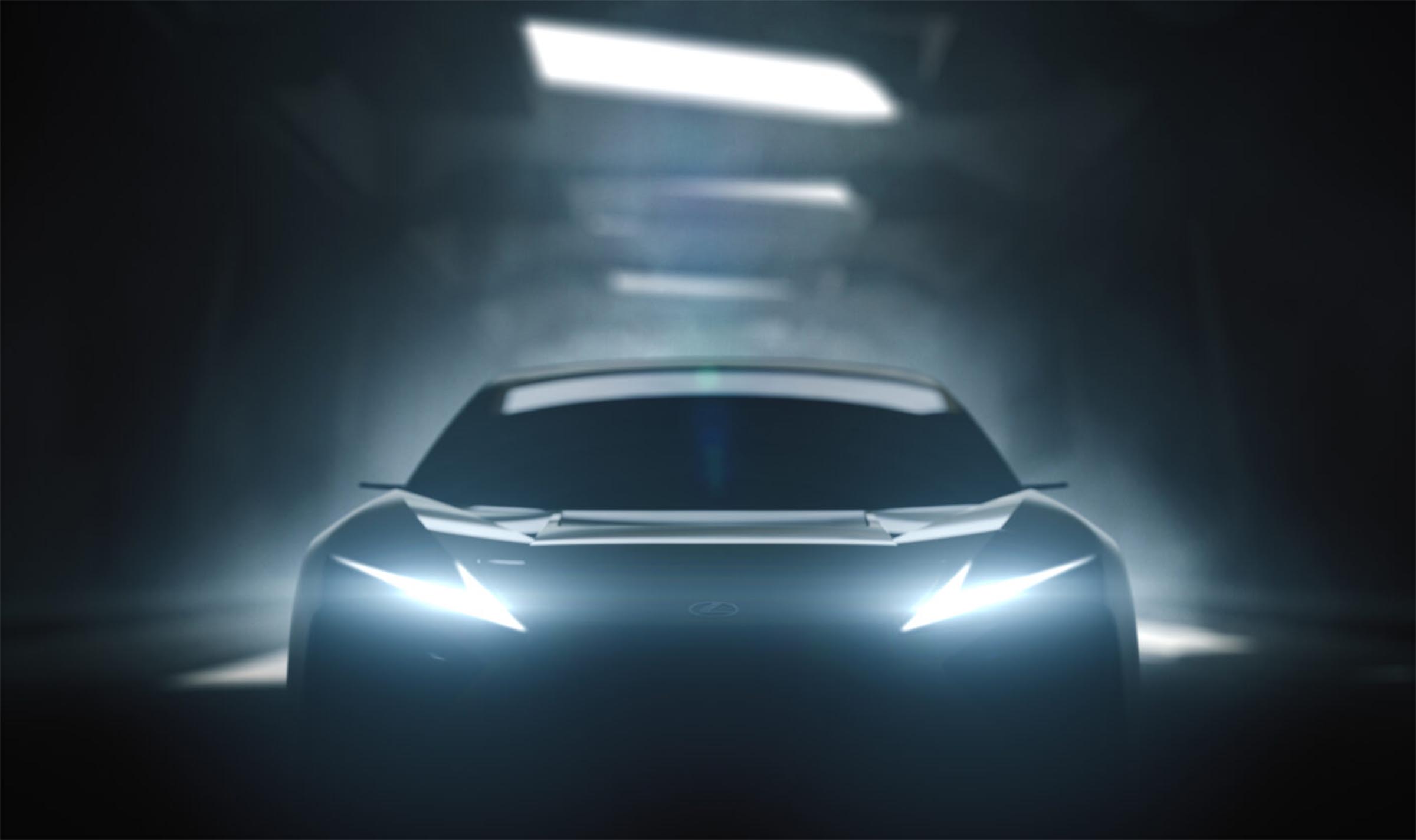

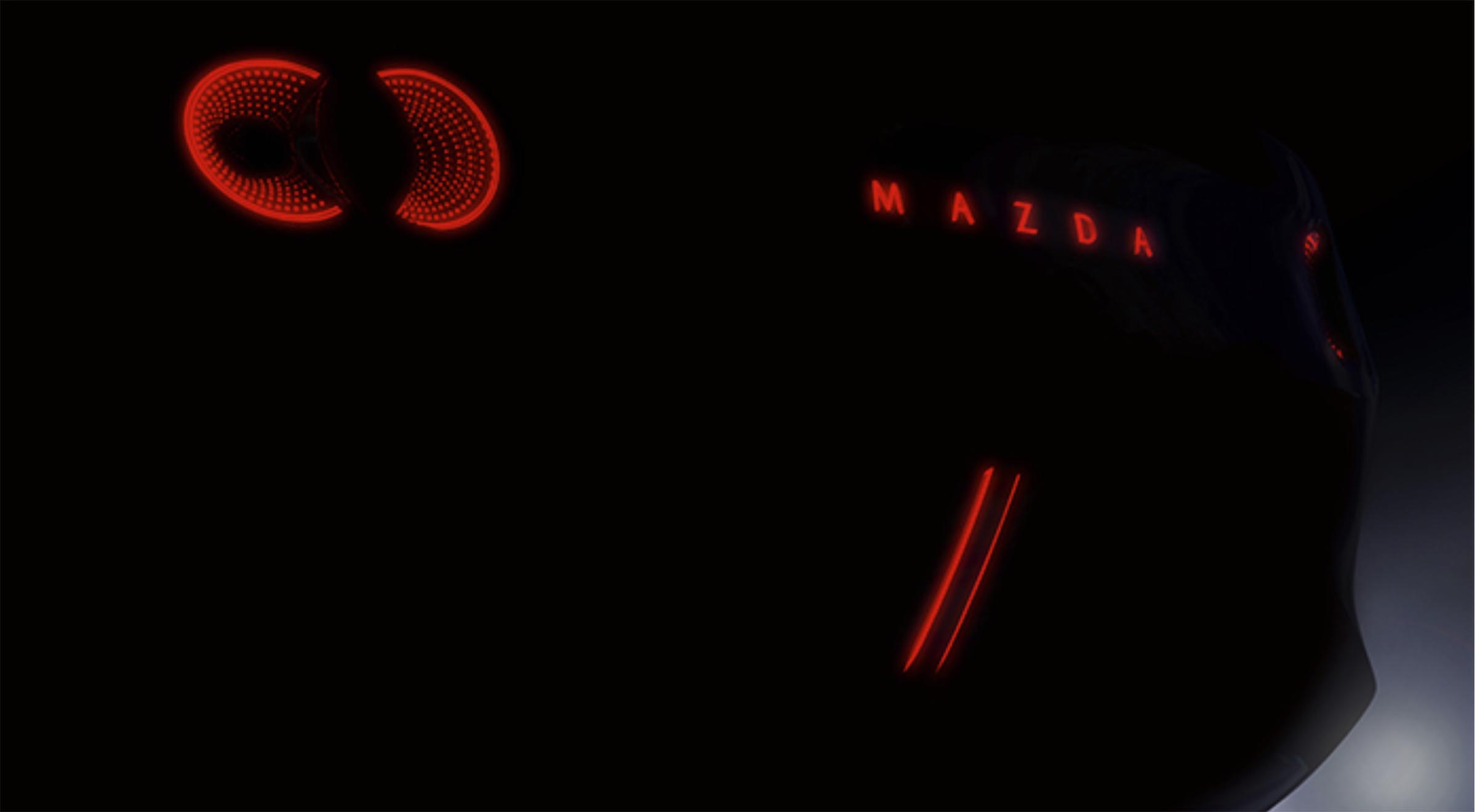


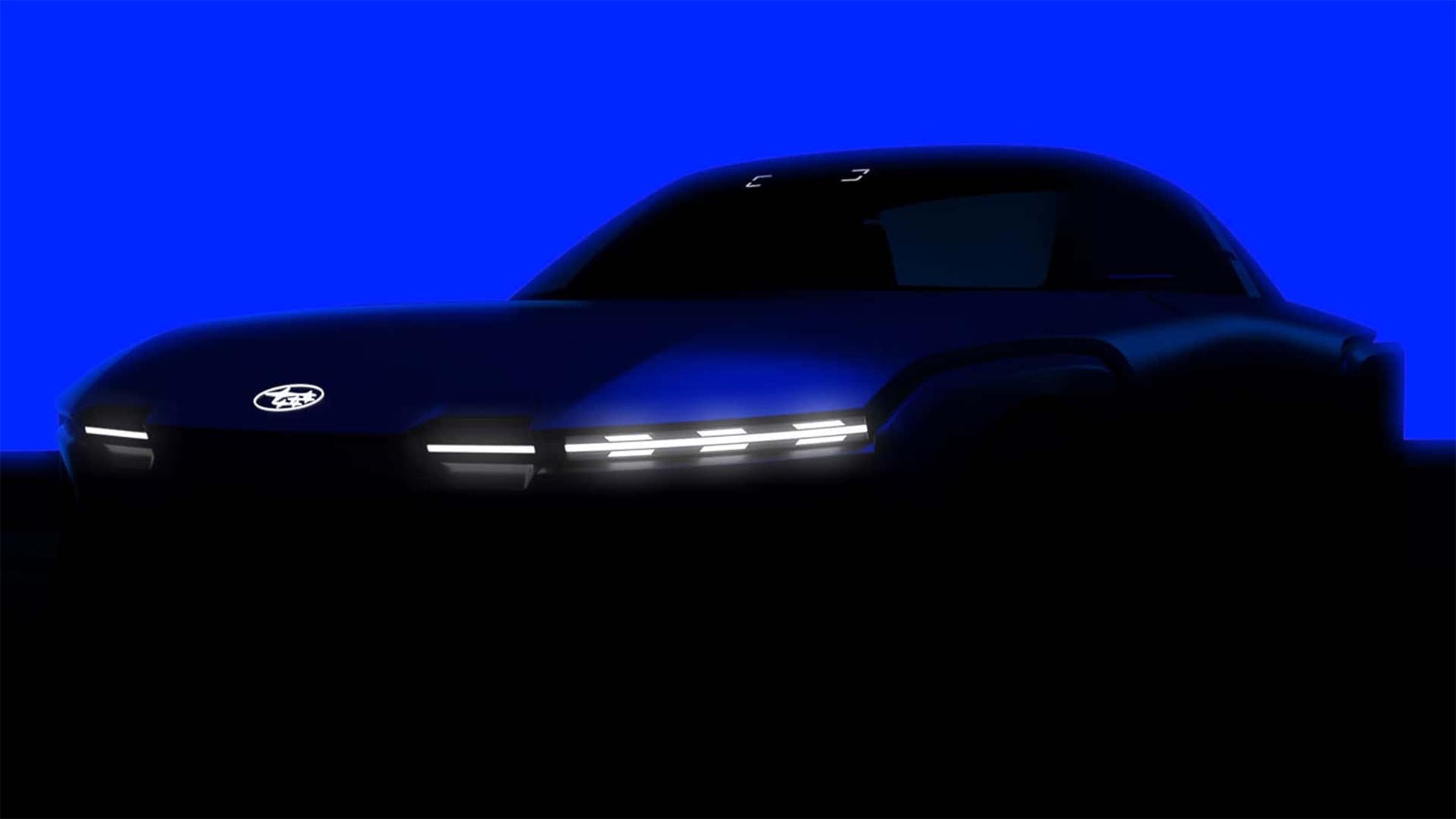

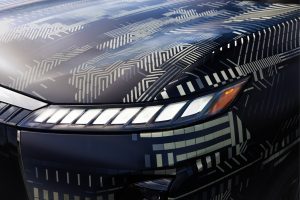

0 Comments